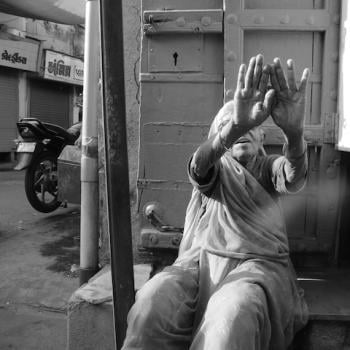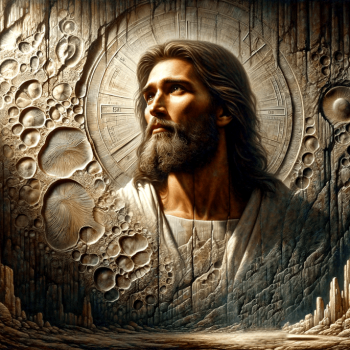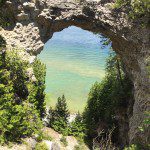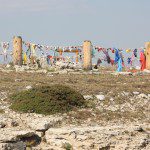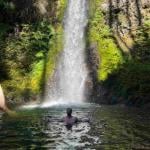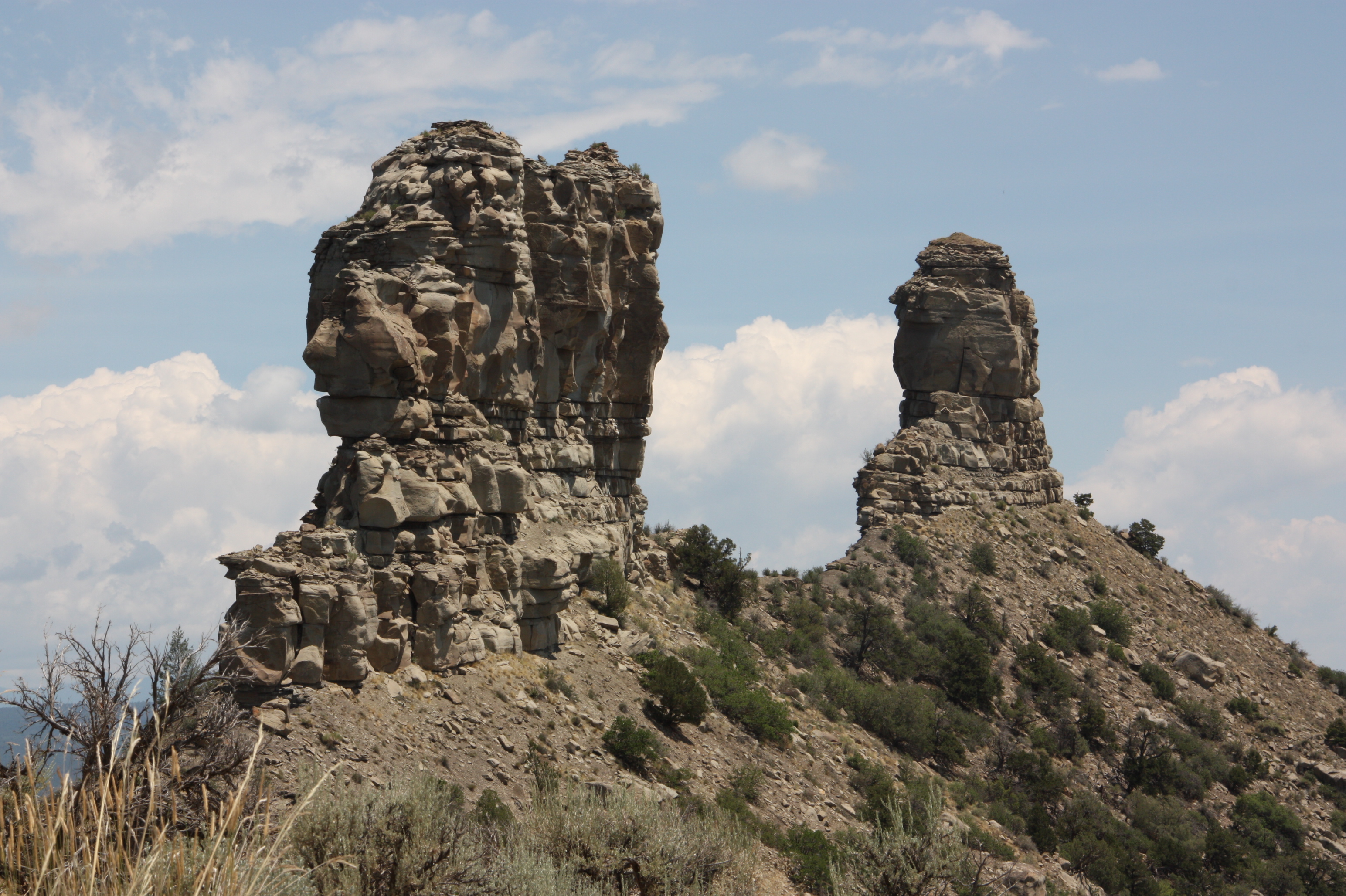
Today we travel east from Mesa Verde for about a hundred miles to Chimney Rock National Monument. Now I realize Chimney Rocks are a dime a dozen around the world. But I think the more you learn about this one in Colorado, the more intrigued you’ll be.
Chimney Rock National Monument preserves an ancient astronomical site on top of a high mesa surrounded by mountains. A thousand years ago, the mesa was occupied by Ancestral Publoans (the same civilization that lived at Mesa Verde). The site is remarkable both for its two jagged spires and for the elaborate buildings that were constructed here in the 11th century.
For a long time, Chimney Rock was a mystery to archeologists. While the mesa has a good view of the surrounding mountains, why would anyone labor so hard to build structures on top of it? The mesa has no water source and no arable land, and all building materials would have had to be carried up 1,000 feet from the valley below.
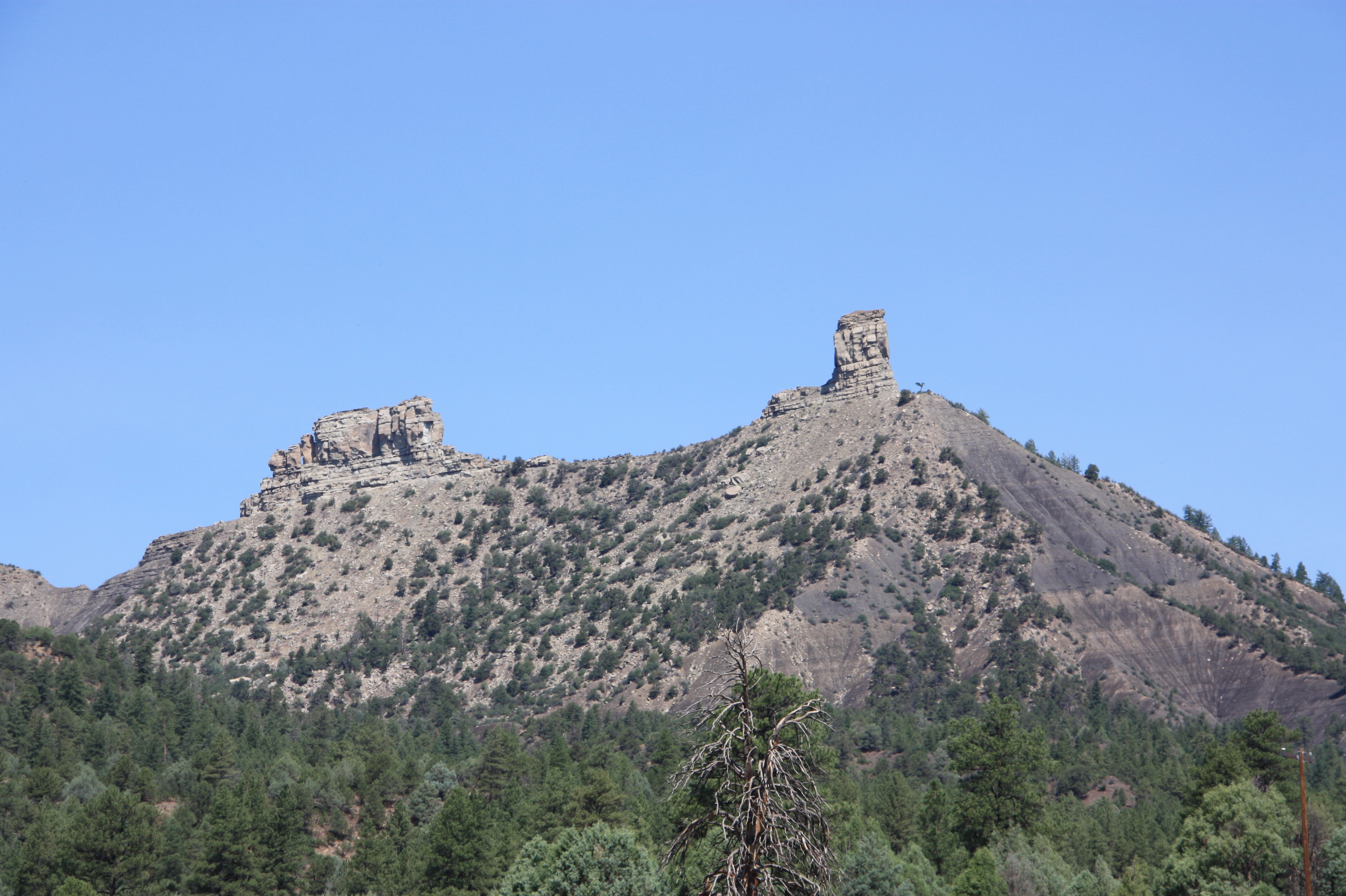
J. McKim Malville, a professor emeritus of astronomy at the University of Colorado, solved the mystery. Malville is an archeoastronomer (an astronomer who studies the sky watchers of the past), and for many years, Chimney Rock had intrigued him. At first he thought that the site might be connected in some way to the summer solstice. But when he trekked there at the appropriate time of the year he was disappointed to see that the sunrise happened well to the south of the twin spires. He investigated other astronomical possibilities, but none proved correct. Then he hit upon another theory: maybe the twin spires framed a lunar standstill, a phenomenon that happens just once every 18 years. A lunar standstill happens when the moon reaches the outermost point on its orbit, rising and setting far to the north on the horizon. At high latitudes the effect is amplified, making it a major event for anyone studying the night skies.
Malville was able to test his theory on August 8, 1988, a night when he calculated that the moon would rise between the two towers if viewed from the ruins atop the mesa. In his book Prehistoric Astronomy in the Southwest, he writes of taking a group of students to the top of the mesa that night. They were skeptical that staying up until two in the morning would be worth the effort, he says, but they had their cameras ready. And then, as if by magic, the moon rose exactly between the spires. “Everyone was stunned,” writes Malville. “I felt like a Yankee in King Arthur’s court.” (If you remember, in Mark Twain’s A Connecticut Yankee in King Arthur’s Court
, a time-traveler amazed the populace by successfully predicting a solar eclipse. I trust that Malville’s students were equally impressed by his wizardry.)
There’s another piece of evidence that corroborates this theory: according to tree ring data, the main structure on top of the mesa was built in two phases. The first floor was constructed in 1076 and the second floor in 1093. And lo and behold, lunar standstills happened in December of 1056 and December of 1093.
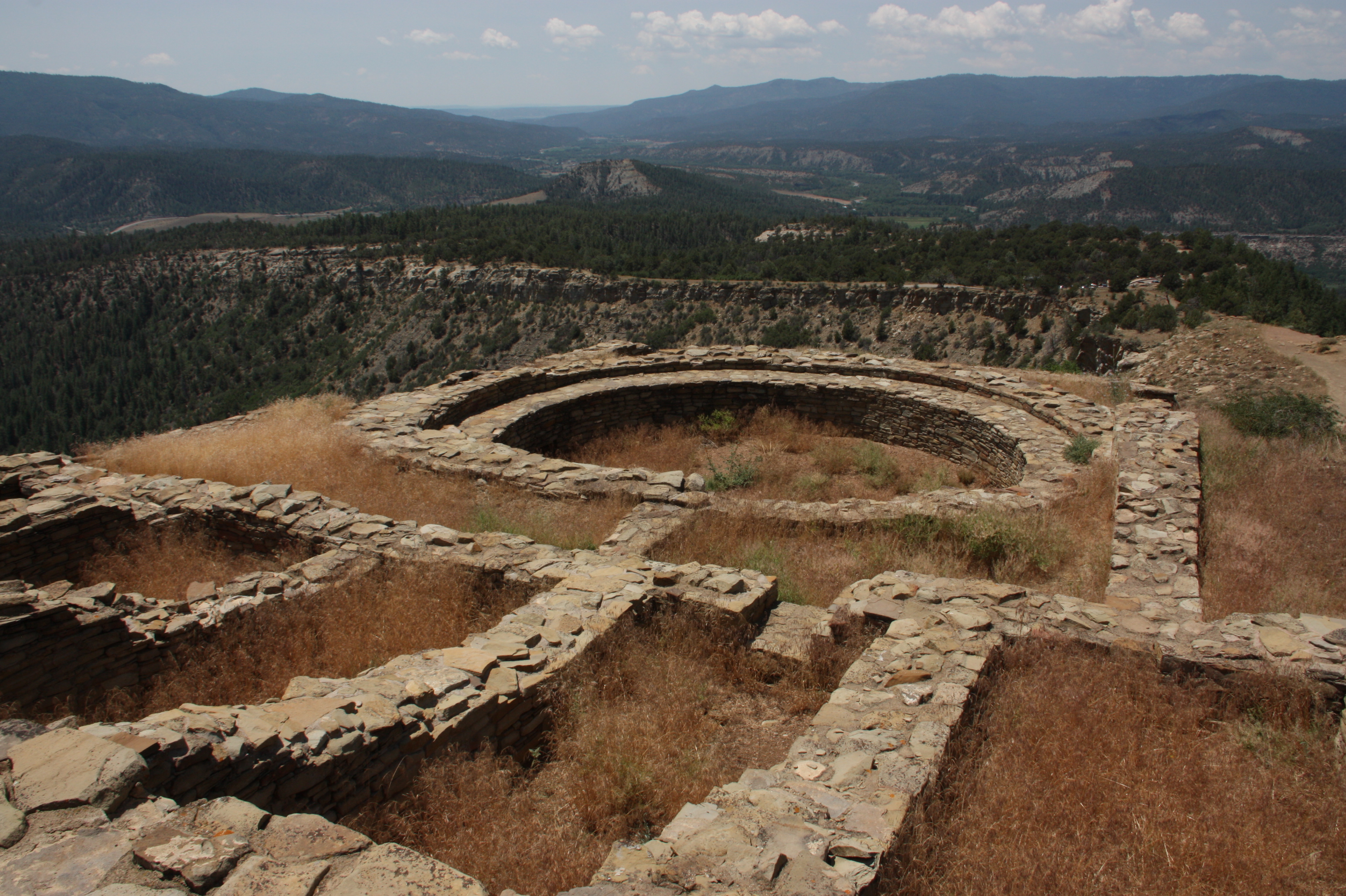
I’d like to pause briefly here for a moment to say, “Isn’t this COOL?!” At first you probably thought being an archeoastronomer was deadly dull, and then you realize they get to do things like this.
Other scientists (the more run-of-the-mill archeologists) have discovered additional information about Chimney Rock. After analyzing the design and construction methods of its so-called Great House, they believe Chimney Rock was likely a satellite settlement of the civilization based in Chaco Canyon, 93 miles to the south.
This Great House was one impressive building. In its glory days it included two large kivas and 35 rooms on its ground floor, with the second floor having perhaps another 20. It may have been plastered white and would certainly have been visible for many miles from below.
Today visitors reach the site by driving up a winding road and then hiking the final quarter mile. At the entry to the mesa stand the ruins of what was probably a guard tower, and nearby are the remains of the Great House. From there the narrow causeway leads to the twin spires.
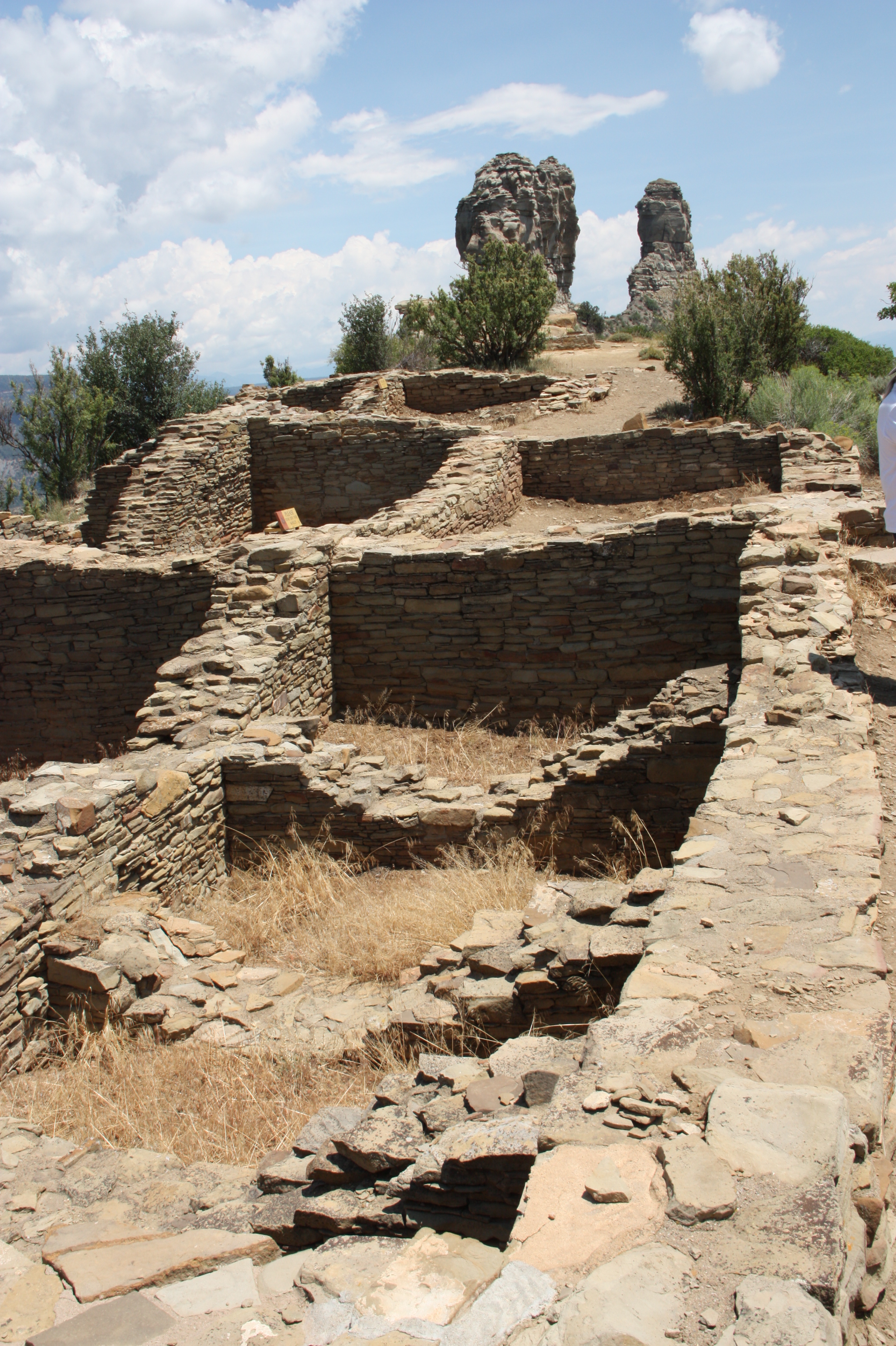
In his book, Malville speculates what it might have been like to live in an time when the night skies had an immediacy and power far greater than today. In many cultures, both the day and night skies were peopled with gods. It was the astronomer-priests who navigated the relations between worlds, scanning the heavens for clues. As they did so, they discovered many scientific truths that they used to set the dates of festivals and mark the changing seasons. They would have been greatly aided in this, Malville believes, by an irregular horizon, which makes it much easier to track movements in the sky (think of how hard it would be on a prairie to remember just where the sun rises each morning, let alone exactly where it rose six months ago).
So sometime in the distant past, someone was on Chimney Rock at just the right time to notice the moon rising between the two spires. Word of this wonder eventually spread to the people of Chaco, who were master astronomers in their own right. They began to build an outpost at the site in preparation for the next lunar standstill. Later, they expanded that site in time for another standstill.
It’s thought that there were signal fires that brought the news of the lunar standstills to Chaco Canyon. According to Malville, Chimney Rock may have been the Greenwich Observatory of the ancient Four Corners Region. Just as our watches are set according to calculations made at the Greenwich Observatory in London, this remote spot high atop a mesa was also a fulcrum of time.
The buildings on Chimney Rock were abandoned sometime after 1130, during the period when the Chaco civilization was also declining. Today many Indian tribes continue to regard it as a sacred place. And (judging from the number of tie-dye-clad, gray-pony-tailed guys who were part of our tour group) it also attracts a lot of Taos types as well, seekers who follow the spiritual trails across the Southwest.
But even sober scientists can get caught up in the mood on Chimney Rock. “Even today,” writes J. McKim Malville, “to walk gradually upward along the causeway seems a transition from ordinary space to sacred space, especially when approaching the rising moon or sun. The overall sense of [Chimney Rock] is that it was not built for practical purposes but for its commanding view of the double spires and the surrounding heavens.”
From that mesa today, I think one can see not only through distance, but also through time.



